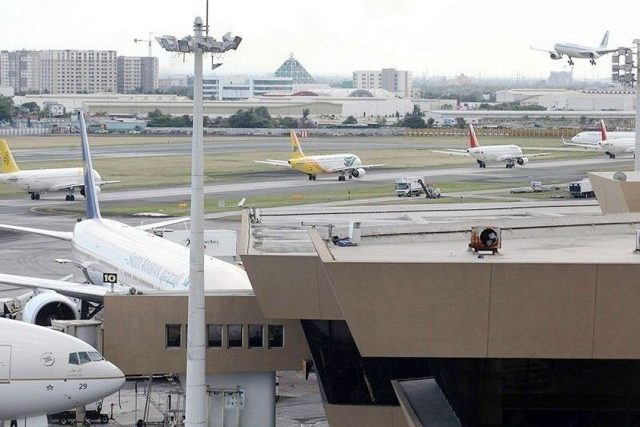FDI inflows up 23% in March

By Luisa Maria Jacinta C. Jocson, Reporter
THE PHILIPPINES’ foreign direct investment (FDI) net inflows jumped by 23% year on year to $686 million in March, bringing the first-quarter inflows to nearly $3 billion, preliminary data from the Bangko Sentral ng Pilipinas (BSP) showed.
Net inflows plunged by 49.8% in March from $1.366 billion in February, based on the data.
The FDI net inflows in March were the lowest in five months or since the $670 million recorded in October 2023.
 “The (annual) expansion in FDI net inflows was driven mainly by nonresidents’ net investments in debt instruments,” the central bank said.
“The (annual) expansion in FDI net inflows was driven mainly by nonresidents’ net investments in debt instruments,” the central bank said.
BSP data showed nonresidents’ net investments in debt instruments rose by 19% to $465 million in March from $391 million a year earlier.
Net investments in equity capital other than reinvestment of earnings climbed by 67.1% to $157 million from $94 million a year ago
Equity capital placements surged by 50.3% year on year to $173 million, while withdrawals slid by 23.9% to $16 million.
Meanwhile, reinvestment of earnings stood at $64 million, down by 11.3% from $72 million the year before.
Investments in equity and investment fund shares increased by 32.9% to $221 million in March from $166 million a year ago.
Investments in equity capital placements were mainly from Japan (64%), Singapore (16%) and the United States (10%). These were invested mostly in the manufacturing (66%), financial and insurance (14%), and real estate (11%) industries.
FIRST-QUARTER SURGE
Meanwhile, FDI net inflows jumped by 42.1% to $2.969 billion in January to March from $2.09 billion a year ago.
“FDI increased during the quarter on the back of the country’s strong growth prospects and moderating inflation,” the BSP said.
Foreign investments in debt instruments rose by 14.2% to $1.83 billion in the first quarter from $1.603 billion a year ago.
Investments in equity and investment fund shares more than doubled (133.8%) to $1.139 billion as of end-March from $487 million a year earlier.
Net foreign investments in equity capital skyrocketed (248.5%) to $910 million in the first quarter from $261 million a year ago.
First-quarter placements nearly tripled to $1.129 billion, while withdrawals almost doubled to $219 million.
In the first three months, reinvestment of earnings inched up by 1.4% year on year to $229 million from $226 million.
The Netherlands accounted for the bulk or 68% of the total FDI inflows in the first quarter, followed by at 21%.
The funds were mostly invested in financial and insurance (71%), manufacturing (16%), and the real estate (5%) sectors.
“Risk-off themes arising from slower global economic growth and geopolitical risks contributed to lower (month-on-month) FDIs,” Reyes Tacandong & Co. Senior Adviser Jonathan L. Ravelas said in a Viber message.
Rizal Commercial Banking Corp. Chief Economist Michael L. Ricafort said high borrowing costs could have also contributed to the five-month low FDI inflows in March.
The Monetary Board has kept the benchmark rate steady at a 17-year high of 6.5% since October 2023.
“The latest year-on-year improvement in the FDI data, still among pre-pandemic highs, may have to do with improved economic and financial market performance in recent months, such as the headline inflation trending recently towards the central bank targets that could support Fed rate cuts and local policy rate cuts later in 2024,” Mr. Ricafort added.
BSP Governor Eli M. Remolona, Jr. has signaled the possibility of a rate cut as early as August, possibly by 25 basis points.
Resilient economic growth would also “encourage more FDIs to come into the country amid favorable demographics and lower long-term interest rates that help boost investments globally,” Mr. Ricafort said.
The economy grew by 5.7% in the first quarter from 5.5% in the previous quarter. The government is targeting 6-7% growth this year.
“For the coming months, possible cuts in the local policy rates later in 2024 and in 2025, especially if inflation remains well anchored within the inflation target of the central bank, could also lead to a further pickup in FDIs eventually,” Mr. Ricafort added.
The BSP expects to end the year with $9 billion in FDI net inflows.



















